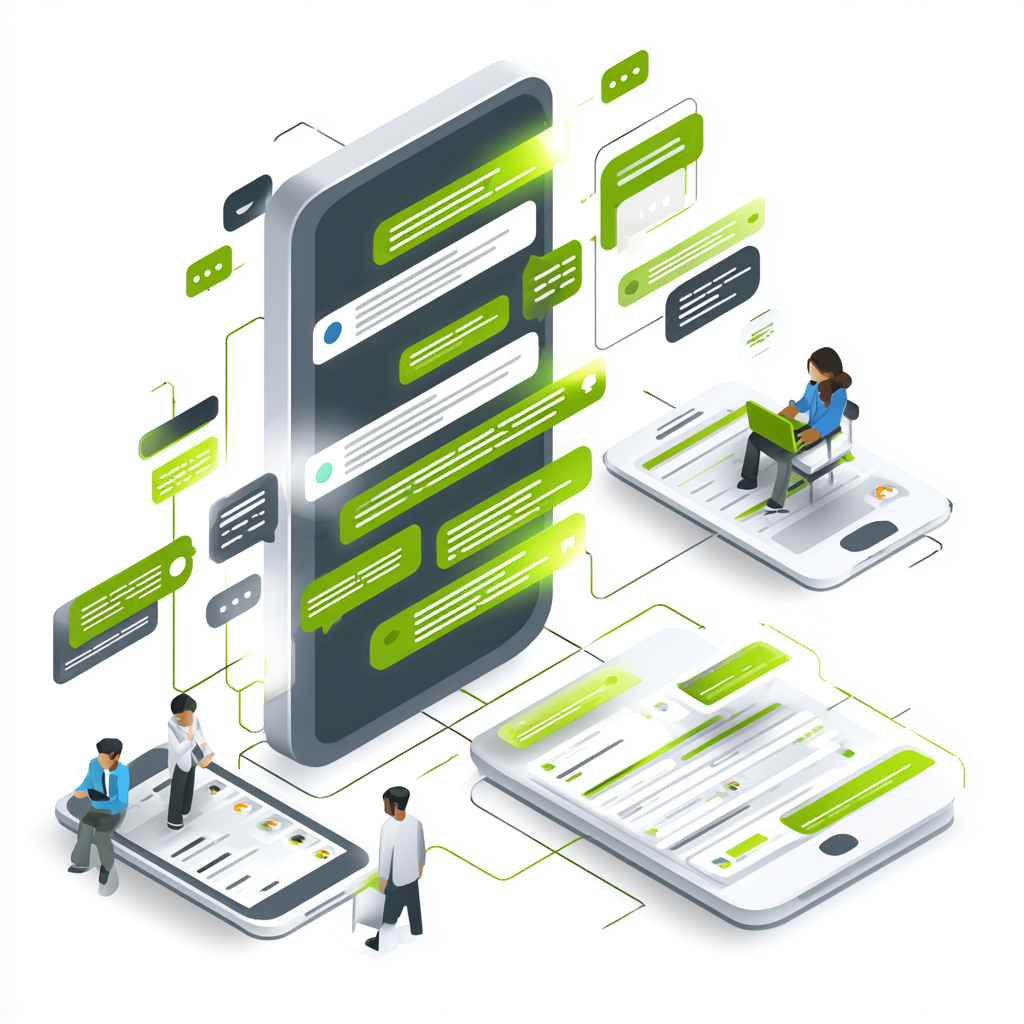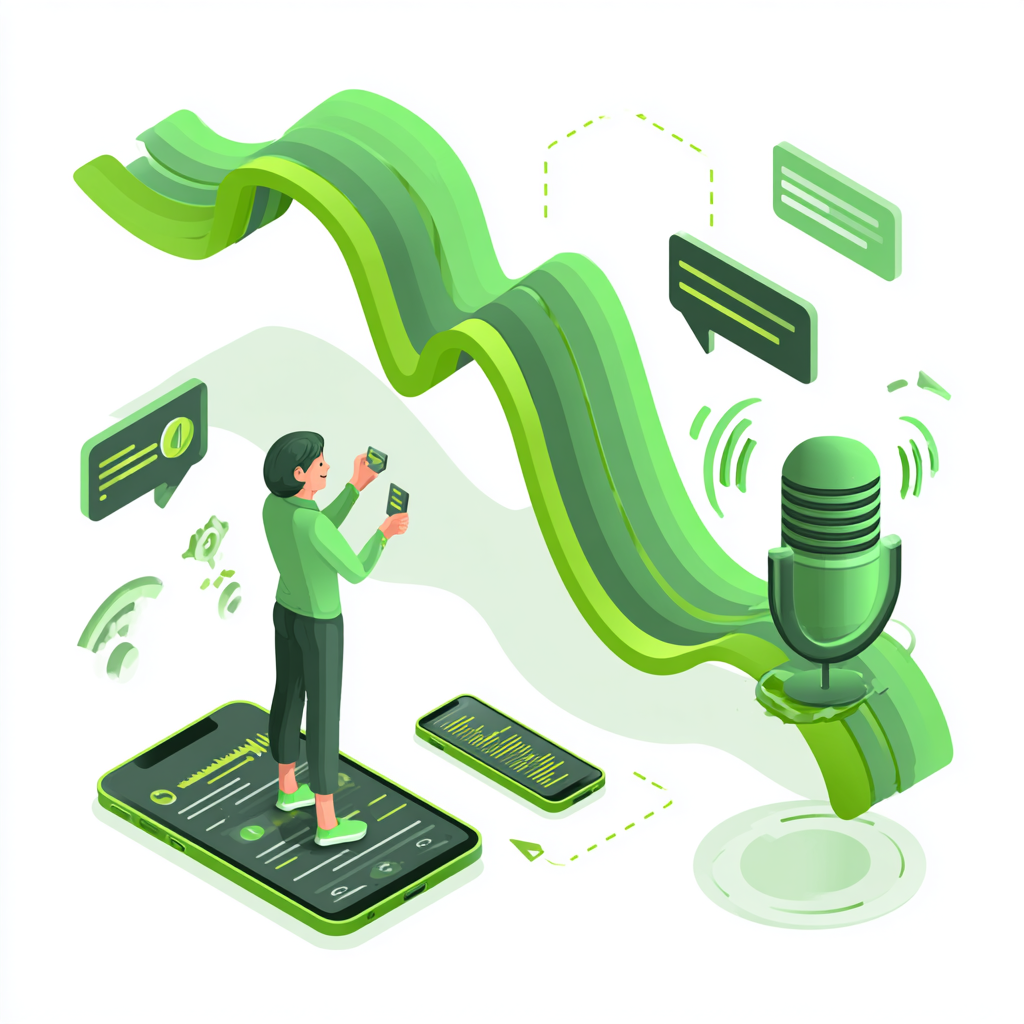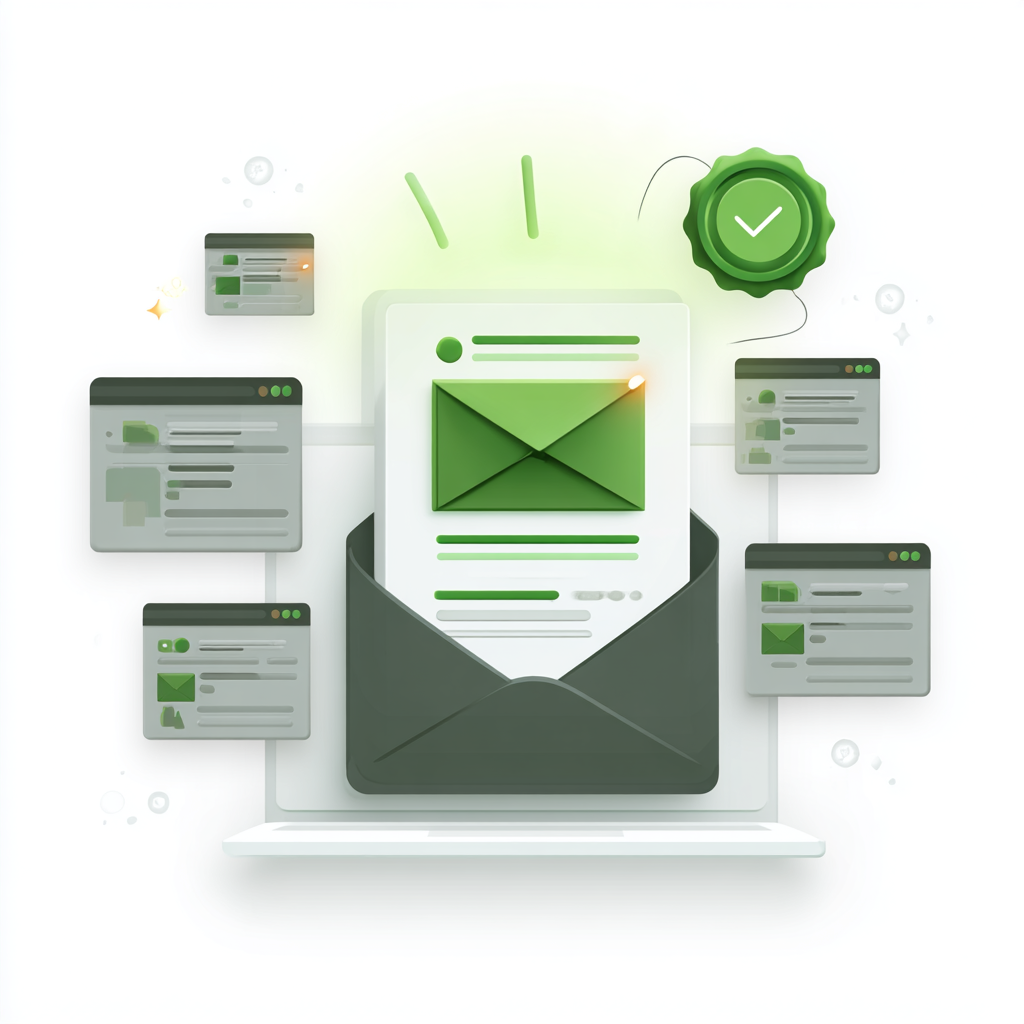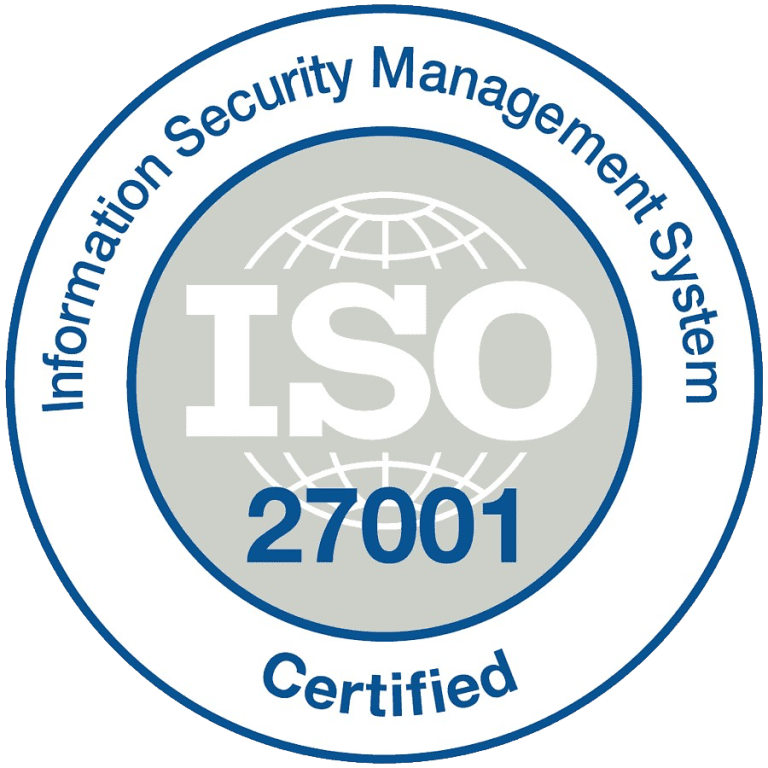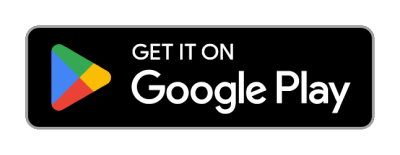Unstructured Supplementary Service Data (USSD) technology has become an essential mobile communication tool. Notably, it is a straightforward yet effective communication system. The simplicity, accessibility, and reliability of USSD make it a compelling platform for software developers seeking to create solutions for a vast user base. Even with the growth of smartphones and mobile internet, USSD is still an essential technology, particularly in developing markets, regions with limited internet provisions, and specific cases where ease of use and accessibility are necessary.
Mobile phones utilize the USSD protocol, initially included in the GSM standard in the early 1990s, to connect with their service provider’s computers. In contrast to SMS (Short Message Service), USSD establishes a connection that enables data flow in a two-way direction. Because of its features and compatibility with almost all mobile phones, USSD is indispensable in many situations. This article will explore USSD technology, its workings, advantages, and the opportunities it presents for software developers in today’s mobile-first world.
What is USSD technology?
Unstructured Supplementary Service Data (USSD), also known as “feature codes” or “quick codes,” is a communication protocol that enables a phone to communicate with a software application, often via a mobile operator’s network. Being session-based, USSD enables response from the receiver by automatically establishing a channel between the sender and recipient when a device delivers a USSD request.
USSD is useful for interactive communication in industries like banking and education since its operation does not require data or an internet connection. USSD communications usually end with a hash (#) symbol and an asterisk (*) at the beginning; in most cases, the message consists of digits for data or commands, with extra asterisks used to divide groupings of digits.
How USSD works
USSD works on a session-based communication approach via shortcodes, allowing communication between a mobile user and a service provider’s application. A session is started with the service provider’s computer when a user dials a USSD code, which usually begins with * and ends with #. USSD sessions are instantaneous and interactive, making them perfect for speedy transactions and information retrieval, unlike SMS, which saves and sends messages.
Until the user or the service provider ends the connection, the USSD session is open and allows information to be exchanged back and forth. An essential part of this system is the USSD gateway, which serves as a bridge between the application server and the mobile network. USSD technology is commonly used for mobile banking, airtime recharges, and customer service inquiries.
However, It can be used by a wide range of people, including those who live in remote regions with limited access to smartphones and data services, as it can operate without internet connectivity. Its restriction to 182 alphanumeric characters allows for several “pages” in a single session, facilitating more detailed interactions.
What are the advantages of USSD?
Below are the key advantages of using USSD
- Universal accessibility: USSD works on any GSM-enabled mobile device, from basic feature phones to the latest smartphones. This universal compatibility ensures that services built on USSD can reach a vast user base regardless of their devices’ sophistication.
- No internet requirement: Unlike many modern mobile services, USSD operates over the GSM network and does not need an Internet connection.
- Real-time interaction: USSD creates a session-based connection, allowing immediate, two-way communication between the user and the service provider. The interaction is vital for services requiring quick responses, such as banking transactions or emergency services.
- Cost-effectiveness: USSD is generally less expensive than SMS or data-based services, both for users and service providers. Many mobile carriers offer USSD services for free or at low rates.
- Enhanced security: USSD sessions are not stored on the device, making them more secure for sensitive information than SMS. The session-based nature also means that each interaction is separate, reducing the risk of unauthorized access to previous communications.
- Quick deployment: Developing and deploying USSD services is relatively fast and straightforward compared to creating mobile apps and allowing businesses and organizations to roll out new services or update existing ones rapidly.
- Offline functionality: In scenarios where online systems are down or inaccessible, USSD can serve as a reliable backup, handy for critical services like emergency communications or essential banking functions, ensuring continuity of service under various conditions.
USSD opportunities for software developers
There is a growing demand for USSD applications, particularly in emerging markets with high mobile penetration but limited internet access. The finance, healthcare, and education sectors increasingly leverage USSD to provide essential services.
- Mobile banking and financial services: Developing USSD-based banking solutions presents a significant opportunity. As financial inclusion remains a global challenge, particularly in developing countries, USSD-based financial services can reach underserved populations, allowing developers to create impactful solutions that bridge the financial gap.
- Customer support systems: Creating USSD-based customer support platforms offers another lucrative opportunity for developers. These systems can provide instant access to FAQs, allow users to report issues, or connect with support agents.
- Health information and services: In the healthcare sector, USSD applications can share crucial health information, allow appointment bookings, or even facilitate remote health consultations, particularly relevant in rural areas or during health crises.
- Agricultural information systems: USSD can be a lifeline for accessing vital informations for rural farming communities. Developers can create applications that provide weather forecasts, market prices for crops, pest control advice, and best farming practices.
- Education and e-learning platforms: USSD can be used to create accessible educational platforms, mainly where internet-based e-learning is not feasible. Developers can design interactive learning modules, quiz systems, or information dissemination services that work on basic phones, opening up opportunities to contribute to educational initiatives and lifelong learning programs.
- Voting and polling systems: The high-volume capability of USSD makes it ideal for voting and polling applications. Developers can create secure, scalable systems for TV show voting, political polls, or community surveys. These applications need to handle large volumes of concurrent users and ensure the integrity of the voting process, presenting both a challenge and an opportunity for innovative solutions.
- Transportation and logistics services: In the transportation sector, USSD can be used to develop ticket booking systems, transit information services, or fleet management solutions. For areas with low smartphone penetration, these USSD-based services can significantly improve access to transportation information and services.
- Utility management systems: USSD presents opportunities in utility management, allowing users to check balances, pay bills, or report issues for services like electricity, water, or gas. Developers can create comprehensive utility management platforms that integrate with existing billing systems, providing a simple interface for users to manage their utility services.
Challenges of USSD technology
Unstructured Supplementary Service Data (USSD) technology, while valuable, faces several challenges:
- Limited character count: USSD messages are typically limited to 182 characters, which can be a significant constraint for complex interactions or information-heavy services. This limitation forces service providers to design concise menus and responses, which may only sometimes be sufficient for comprehensive communication.
- Lack of persistent storage: USSD does not offer persistent session data storage, unlike SMS or app-based services. Once a session ends, all information is lost, and users must start from the beginning if they want to perform another transaction.
- Network dependency: USSD relies heavily on the cellular network’s availability and stability. USSD services may become slow, unreliable, or utterly inaccessible in areas with poor network coverage or during network congestion. This dependence on network quality can limit the technology’s effectiveness in rural/ underserved areas, where it has impact.
- Limited visual appeal and interactivity: USSD interfaces are text-based and need more visual richness and interactivity than modern smartphone apps. They can make the user experience feel outdated and less engaging, particularly for younger users accustomed to graphical interfaces.
- Security concerns: While USSD communication is generally considered secure, it’s not encrypted end-to-end like some modern messaging protocols and could expose sensitive information to interception, especially on compromised networks.
- Limited analytics and user tracking: Compared to web or app-based services, USSD offers limited user tracking and analytics capabilities. It takes time to gather detailed usage data, user behaviour patterns, or performance metrics, which are crucial for optimizing services and understanding user needs.
The future of USSD technology
USSD technology has a promising future across several sectors; here are a few:
- Banking and finance: USSD’s accessibility and ease of use position it as a key player in financial inclusion. As smartphones and internet connectivity become more widespread, USSD banking products will empower unbanked individuals to access essential services.
- Telecommunications: USSD’s growth will extend beyond finance. For instance, during the COVID-19 pandemic, a telemedicine startup utilized USSD codes, enabling subscribers to request callbacks from doctors for virtual consultations. This trend is likely to continue across telecommunications and other business sectors.
Conclusion
USSD technology has significant opportunities for software developers, from creating cost-effective applications to reaching a broad audience. Its wide accessibility, interaction capabilities, and independence from internet connectivity make it a valuable tool, particularly in developing markets. However, by exploring and innovating with USSD, developers can contribute to digital transformation and provide valuable services to underserved communities.

